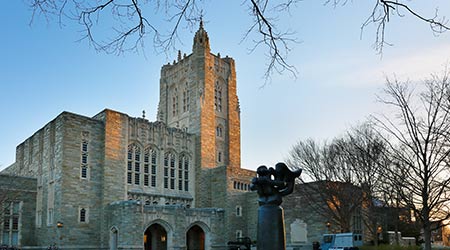
Deferred Maintenance and Mold Eats City's Surplus
March 20, 2019
Deferred maintenance sooner or later comes back to haunt commercial and institutional facilities. But when the eventual cost undermines a rare budget surplus, the pain goes a little bit deeper.
For facility managers in Norwalk, Conn., a history of deficient design, construction and maintenance of school buildings has materialized on the city’s financial ledger. Taxpayers will be on the hook for problems that date back decades and hit the spotlight in the form of mold that bloomed during the rainy, humid summer of 2018, according to the Stamford Advocate.
So far, the city is managing the costs of cleaning up mold and making some of the repairs needed to keep moisture out of school buildings, according to the latest financial projections for this fiscal year.
As of the end of the second quarter, revenue in city coffers could exceed expenditures by $1.3 million for the year. But that could change quickly.
“This excess may be needed for additional costs for mold remediation,” says Jay Fountain, director of the policy and management. The city expects to have $2.3 million more than it will spend this fiscal year, but the school district likely will be $1 million over budget, leaving taxpayers a projected $1.3 million in the black.
The district racked up most of the $1 million — $702,600 — on mold cleanup and repairs before city officials formed a new entity, the Mold Task Force.
So far elected officials have approved $1.5 million for mold remediation and repairs, and at least $1.2 million more will be needed before the fiscal year is out. So mold costs are expected to amount to $2.7 million by the end of June.
Dan Hounsell is editor-in-chief of Facility Maintenance Decisions and FacilitiesNet.com.
Next
Read next on FacilitiesNet












